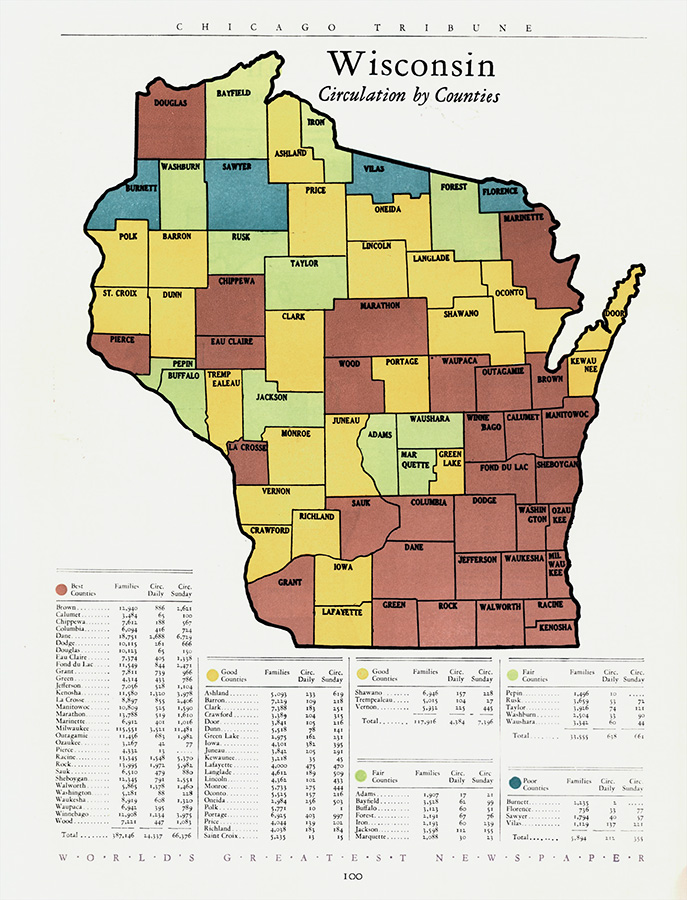
Plate 1 Here the New York World uses its color press to show off its color press. The text explains: “It is thirty feet long, eight feet wide and fifteen feet high, weighing about seventy tons and made up of some forty thousand separate parts, all of which move with the most perfect precision and harmony.” Many newspapers opened their press and composition rooms to the public; here visitors stand on a viewing platform in the back of the room. New York World, 27 March 1898, back page of magazine section, American Newspaper Repository, Rubenstein Library, Duke University.

Plate 2 This 1896 poster is one of many that depicted the newspaper as a pleasant diversion and chic accessory for city women. The woman pictured here is not the kind that Americans might previously have associated with newspaper buying, such as a working-class woman looking for service jobs in the classifieds, a housewife consulting recipes, or a militant suffragette reading up on state politics. Instead, she is young, fashionable, and well-to-do. New York Sunday World poster, 19 April 1896, Art Posters Collection, New-York Historical Society.

Plate 3 New York World advertisement for the following Sunday’s paper. The ad pictures a printing press transformed into a cannon, which fires off special features that explode in colorful bursts. The person operating the press is the type of reader that editors and advertisers most hoped to draw to their Sunday pages—a young woman. New York World, 27 March 1898, back page of magazine section, American Newspaper Repository, Rubenstein Library, Duke University.

Plate 4 Tillie the Toiler, which ran in the Philadelphia North American, chronicled the office adventures of a secretary in the 1920s. Reprinted with permission from King Features Syndicate.

Plate 5 Photomontage of the Central Park Mall, by L. L. Roush. This was part of a series of photomontages of locations around the city that appeared in the exuberant, experimental first years of the New York World’s color supplement. New York World, 4 August 1901, color supplement, front page, American Newspaper Repository, Rubenstein Library, Duke University.

Plate 6 The fun of “The Yellow Kid” lay in seeing the Kid and his friends imitate but also lampoon adult activities and in deciphering the comically misspelled and accented English, usually scrawled on signs or right onto the characters’ clothes. Richard Outcault, “The Amateur Dime Museum in Hogan’s Alley,” New York World, 4 October 1896, San Francisco Academy of Comic Art Collection, Ohio State University Billy Ireland Cartoon Library and Museum.

Plate 7 Map of Wisconsin counties, color-coded for wealth. The tables detail the subscription rates in each county. A few pages earlier, the Book of Facts explained that “ninety-six percent of the circulation of The Sunday Tribune is in the best counties. Three percent is in the good counties; 0.2% in the fair; and only 0.1% in the poor.” Chicago Tribune, Book of Facts, 1927: Data on Markets, Merchandising, Advertising, with Special Reference to the Chicago Territory and Chicago Newspaper Advertising (Chicago: Chicago Tribune, 1927), quote from 95, images from 96, 99, 100, 97.

Plate 8 The American Weekly ran several series by illustrator Nell Brinkley. They all featured thin, large-eyed “Brinkley girls” with masses of curls, who showed off beautiful clothes while seeking adventure and romance. In the top right-hand corner is the title of the Hearst chain’s Sunday magazine, “American Weekly,” with a space below for the local paper to stamp its name. Milwaukee Sentinel, 15 November 1925. Reprinted with permission from Fantagraphics Books.